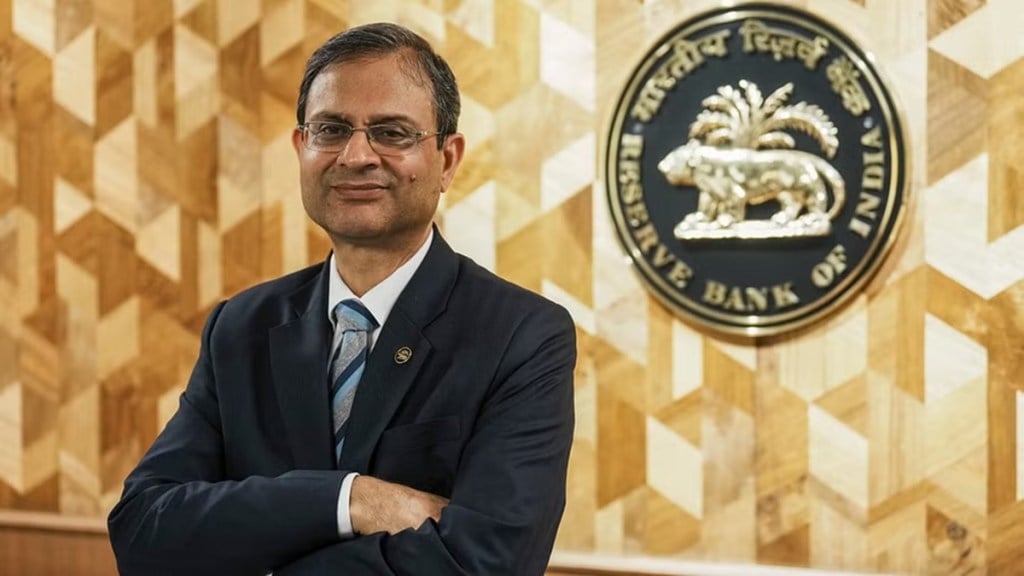Reserve Bank of India (RBI) Governor, Sanjay Malhotra, urged fintechs to leverage India’s digital public infrastructure to serve the underserved, innovate responsibly, and shape global digital finance. In his address at the Global Fintech Fest 2025 in Mumbai on Wednesday, he emphasised designing intuitive, assistive services that eliminate the need for customer support, especially for vulnerable groups like senior citizens and the digitally less literate to help India achieve its goal of becoming a developed nation by 2047.
Malhotra stressed the importance of extending the success of Unified Payments Interface (UPI) and Aadhar Enabled Payment System (AePS) into credit delivery for small businesses and individuals, leveraging India’s three-layered digital public infrastructure of identity, payments and data. He called for embedding robust data protection and transparency into every product and service and encouraged fintechs to anchor locally while engaging globally. “Profits must not come from deepening access to the privileged,” he said, “but from expanding services to the unreached.” By embracing these principles, fintechs can drive inclusive, sustainable growth and contribute meaningfully to Bharat’s digital future.
He said the country is home to nearly 10,000 fintech entities and continues to see innovation across payments, credit, and financial inclusion. “AI holds the potential to fundamentally enhance the next generation of Digital Public Infrastructure (DPI),” he said.
Governor stated that India’s financial sector is undergoing a significant transformation with RBI introducing key initiatives to enhance market access, efficiency, and inclusion. The proposed Unified Market Interface (UMI) is a next-generation financial market infrastructure designed to tokenise financial assets and enable settlements using wholesale Central Bank Digital Currency (CBDC), promising enhanced transparency, faster settlement cycles, and broader participation across asset classes. The Governor said that the Unified Lending Interface (ULI) will enable lenders to use data to build alternative credit models, similar to how the UPI revolutionised the payments landscape. He noted that ULI aims to enable the use of data for lenders to build alternative credit models, an initiative that could expand credit access to underserved segments.
Complementing this is the account aggregator framework, he said, empowering individuals to securely share financial data with regulated entities, facilitating alternative credit models and financial inclusion.
For better success of the account aggregator system, he urged the 17 players for integrating more financial data and having interoperability features.
With over 160 million accounts served and 3.66 billion data-sharing requests processed, this framework is critical for building credit models for segments lacking formal credit histories. The governor said the synergy between UMI and account aggregators is potent in credit delivery and remittance flows, with platforms like UPI and unified lending interface (ULI) enabling lenders to leverage aggregated data for underwriting, resulting in 58 lenders sanctioning 3.2 million loans amounting to Rs 1.7 trillion. The RBI’s layered approach, anchored in identity, payments, and data, is enabling fintechs to scale responsibly while fostering trust, transparency, and innovation.
He also unveiled four transformative digital payment solutions developed by NPCI, that includes first, AI-based UPI HELP that assists users with transaction queries, complaint resolution, and mandate management using a Small Language Model trained on payment data. Second, IoT Payments with UPI, enabling transactions via connected devices like cars, smart TVs, and wearables using voice, text, or contextual triggers. Third the Banking Connect which simplifies merchant onboarding, settlements, and dispute resolution with mobile-first QR and intent-based payment options and the fourth UPI Reserve Pay that introduces single block multiple debt feature, allowing users to block portions of their credit limit for repeat purchases across apps, enhancing transparency and control.


